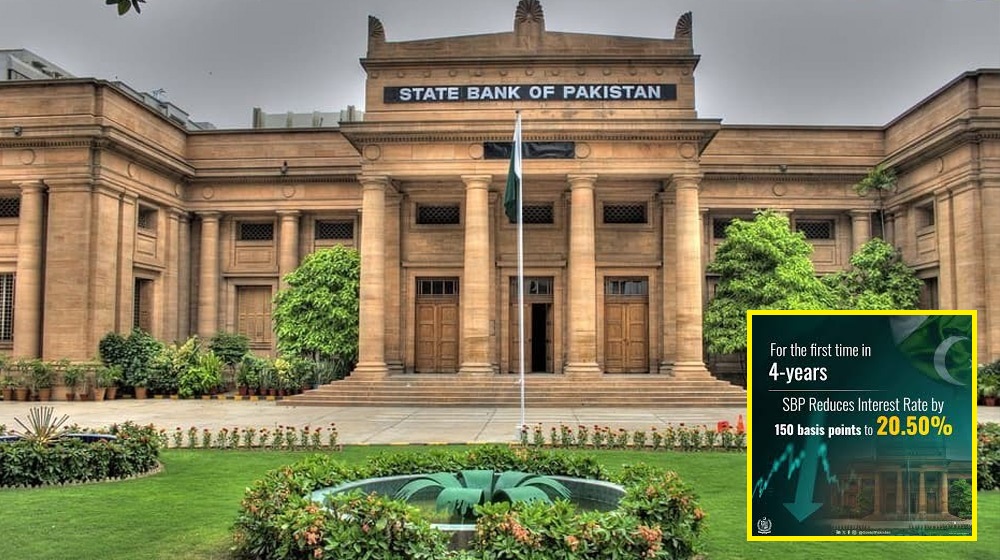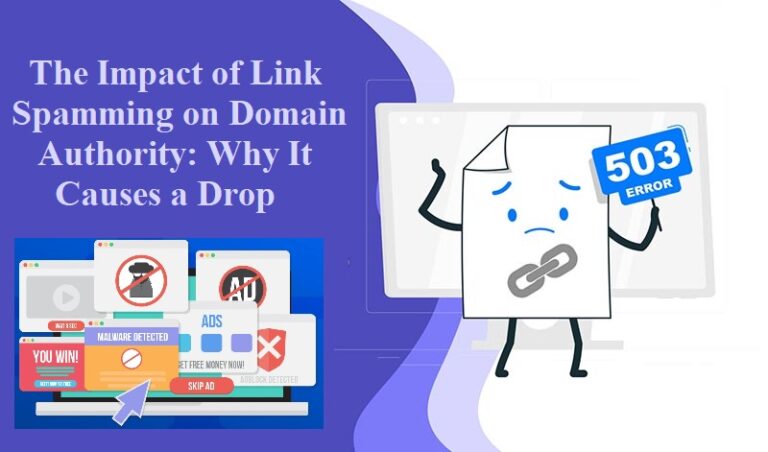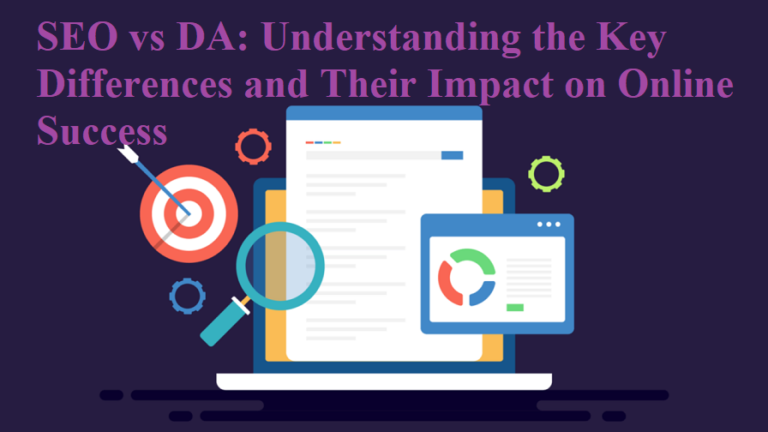The State Bank of Pakistan (SBP) has reduced its key interest rate by 150 basis points to 20.5% in a widely expected move aimed at boosting the economy amid a sharp decline in retail inflation. This is the first rate reduction in nearly four years, marking a significant shift in the central bank’s monetary policy stance. The reduced interest rate is expected to stimulate consumer spending in Pakistan by making borrowing cheaper and increasing disposable income, leading to a more robust economy.
How will the reduced interest rate impact consumer spending in Pakistan
The reduced interest rate by the State Bank of Pakistan (SBP) from 22% to 20.5% is expected to positively impact consumer spending in Pakistan. Here are the key effects:
-
Increased Borrowing and Spending
Lower interest rates make borrowing cheaper, which can encourage consumers to take out loans for major purchases such as homes, cars, and appliances. This increased borrowing can lead to higher consumer spending, boosting the economy.
-
Reduced Cost of Borrowing
Lower interest rates decrease the cost of borrowing for consumers, making it more attractive to take out loans for discretionary purchases.
-
Increased Disposable Income
Lower interest rates can increase disposable income for consumers as they pay less in interest on their loans. This increased disposable income can lead to higher consumer spending and a more robust economy.
-
Increased Consumer Confidence
A reduction in interest rates can boost consumer confidence, as it signals a more favorable economic environment. This increased confidence can lead to higher consumer spending and a more robust economy.
-
Increased Demand for Goods and Services
Lower interest rates can lead to increased demand for goods and services, as consumers are more likely to take out loans and make purchases. This increased demand can benefit businesses and industries that rely on consumer spending.
What Sectors in Pakistan are Likely to Benefit the Most from Lower Interest Rates
-
Chemical Sector
The chemical sector is expected to benefit significantly from the reduced interest rates. Companies like Lotte Chemical Pakistan Limited and Engro Polymer & Chemicals Limited are likely to see an improvement in their financial performance due to lower borrowing costs.
-
Real Estate and Construction
Lower interest rates can lead to increased borrowing for housing and construction projects, boosting the real estate and construction sectors. This can lead to increased demand for building materials, labor, and other related services.
-
Automotive Industry
Lower interest rates can make car loans cheaper, leading to increased demand for vehicles and benefiting the automotive industry. This can also lead to increased sales of related products such as insurance and accessories.
-
Consumer Goods and Services
Lower interest rates can increase consumer spending, benefiting industries that cater to consumer demand such as retail, hospitality, and entertainment.
-
Manufacturing and Production
Lower interest rates can make borrowing cheaper for manufacturers, allowing them to invest in new projects, expand production, and increase their capacity.
The Potential Risks Associated with the Interest Rate Cut
-
Inflation Risk
Lower interest rates can lead to increased borrowing and spending, which can fuel inflation if not managed properly. This can result in higher prices and reduced purchasing power.
-
Recession Risk
Interest rate cuts are often implemented during economic slowdowns or recessions. If the economy is already weak, further rate cuts can exacerbate the situation, leading to a deeper recession.
-
Bond Market Volatility
Lower interest rates can lead to increased demand for bonds, causing their prices to rise. This can result in significant losses for bond investors who hold bonds with lower yields.
-
Currency Fluctuations
Lower interest rates can lead to a weaker currency, making imports more expensive and potentially affecting the overall economy.
-
Credit Risk
Lower interest rates can make borrowing cheaper, but this can also increase the risk of defaults if borrowers are unable to service their debts.
-
Opportunity Risk
Lower interest rates can make other investment opportunities less attractive, potentially leading to reduced returns or losses if investors shift their portfolios to take advantage of the lower rates.
-
Risk of Over-Reliance on Debt
Lower interest rates can make borrowing cheaper, but this can also lead to over-reliance on debt, which can increase the risk of financial instability if interest rates rise again.






















+ There are no comments
Add yours